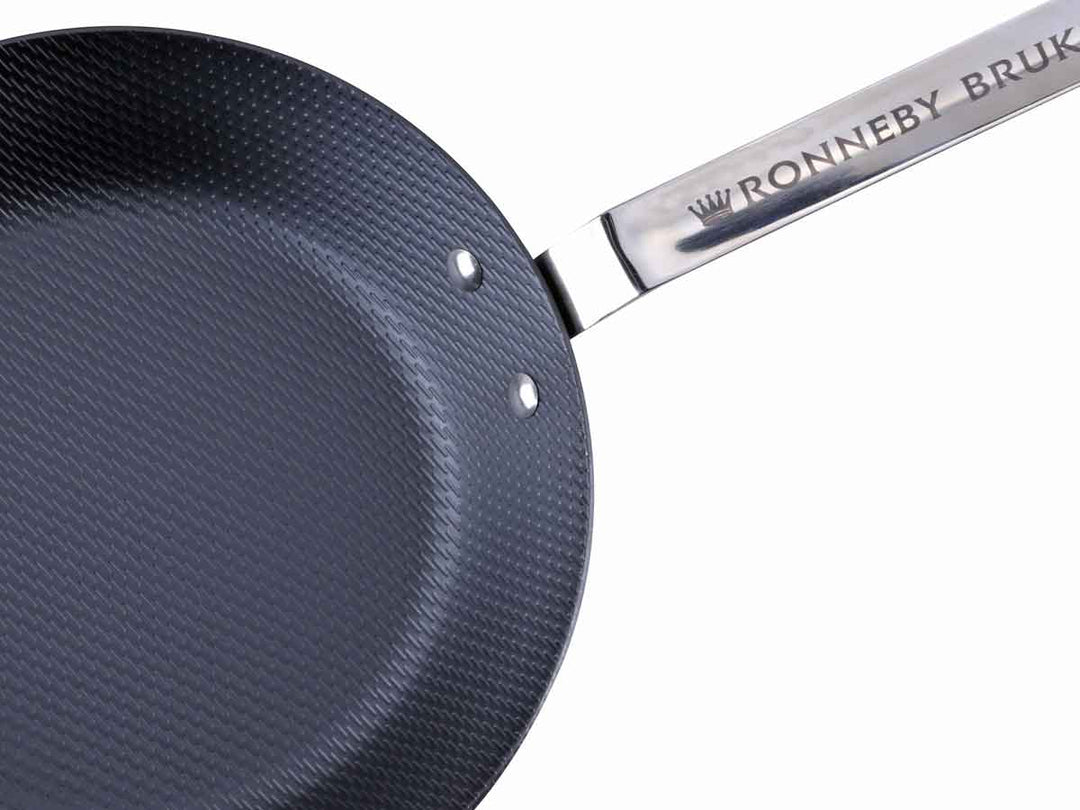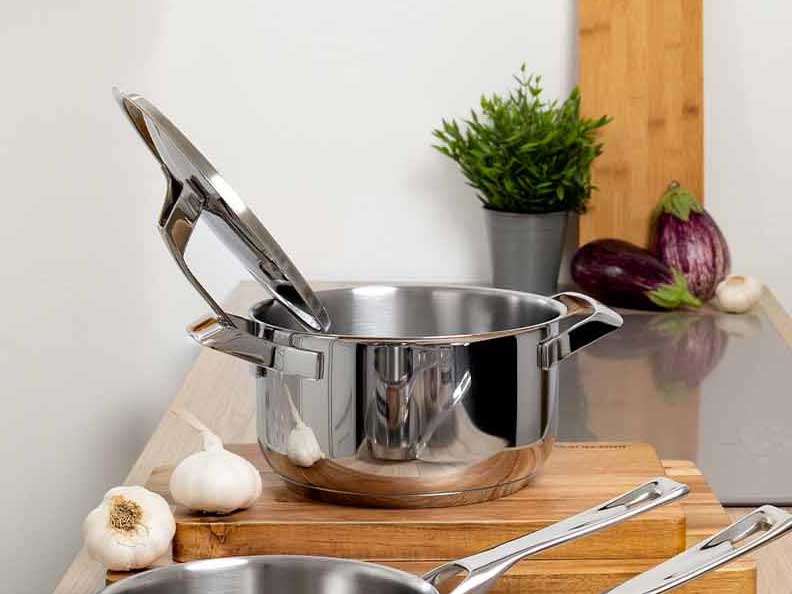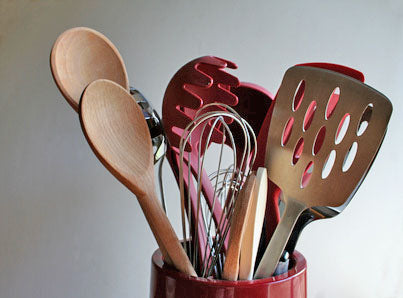Saving energy with induction
In times of rapidly rising costs for electrical energy, almost everyone is looking at where electricity can be saved in the home. The obvious, such as lighting, immediately springs to mind. Large consumers such as the washing machine or the refrigerator, which runs all year round, also come to mind and are often replaced with more economical appliances.
But what about the stove?
Electricity guzzler stove
Unlike lighting, for example, which is often used for hours every day, the electric stove is not usually used for long periods during the day, but the stove has an enormously large power consumption, apart from any instantaneous water heaters, usually even by far the largest single power consumption in the entire household. Therefore, in an average household, the stove alone is responsible for 10-15% of the total electricity consumption. Now some will say, "Heat is heat, so it doesn't matter what I cook with!" But no, unfortunately it is not that simple! How much of a kilowatt hour of electricity used actually arrives in the pot afterwards as usable heat depends heavily on the type of stove. That's why it's worth comparing stove systems here.
Save up to 40% electricity with induction hobs
Of all electric stove types, the electric mass stove, i.e. those brown-grey cast iron plates that often take a perceived eternity to boil, for example, when starting up, and are still hot for a further perceived eternity after boiling, requires the most electricity. In rented apartments, these stoves are often still part of the basic equipment due to their low price. Compared to such an old-fashioned stove, an induction hob saves up to 40% from the expensive electricity!
More common are stoves with radiant heat technology, i.e. glass-ceramic hobs with a heat-radiating heating element underneath (often called ceramic hobs). In terms of speed and power consumption, the glass ceramic cooktop has advantages over the electric mass cooktop. However, even the glass ceramic hob is mercilessly outshone by the induction hob when it comes to speed and energy efficiency: an induction hob is 20-30% more economical with electricity compared to the glass ceramic hob.
Is it worth it for me to buy an induction cooktop?
If you're just an occasional cook (see our cooking typology in the pan buying guide) who fries a fried egg now and then or spends 5 minutes warming up a ready meal, then buying an induction cooktop probably isn't worth it for energy-saving reasons alone.
But for anyone who stands at the stove every day, whether out of passion or for purely practical reasons, it makes perfect sense to consider an induction cooktop when making a new purchase from the standpoint of electricity costs, not to mention the enormous time savings, because an induction cooktop is as fast as gas. It is not without reason that electric-mass cooktops and glass-ceramics have never played a major role in the restaurant industry, and it is only induction cooktops that are now increasingly a real competitor to gas stoves there.
Is my cookware suitable for induction? A simple test!
It's very easy to test: Simply hold a magnet to the underside of the cookware. If the magnet sticks, the cookware is basically suitable for induction.
In the meantime, most cookware manufacturers have redesigned their range so that mainly only cookware is offered that can also be used on induction.
In the range of PfannenProfis you will find in the product description of each product a clear indication of whether a pot, pan or roaster is suitable for induction.
Please note that some induction cooktops have problems with aluminum cookware, even if it has been made induction-suitable with a corresponding ferromagnetic base. In case of doubt, the hob manufacturer's specifications for suitable cookware are always decisive. However, there are basically never any problems with iron/carbon steel, cast iron or induction-suitable stainless steel.
Another tip for saving energy, no matter on which stove:
Water does not get hotter than 100°C (at least under normal pressure). It therefore makes no sense to cook, for example, pasta or potatoes in very strongly bubbling water; this only produces more steam but not hotter water. A light bubbling is sufficient and saves electricity (or gas). Putting a lid on, if the cooking process or preparation method of the food allows it, can save additional energy by reducing heat loss to the top.





